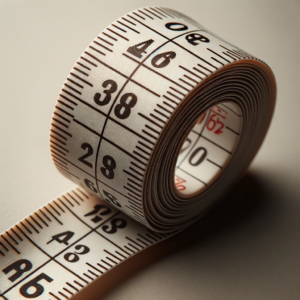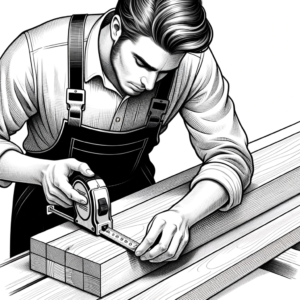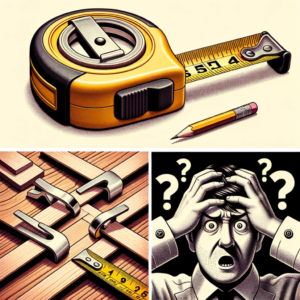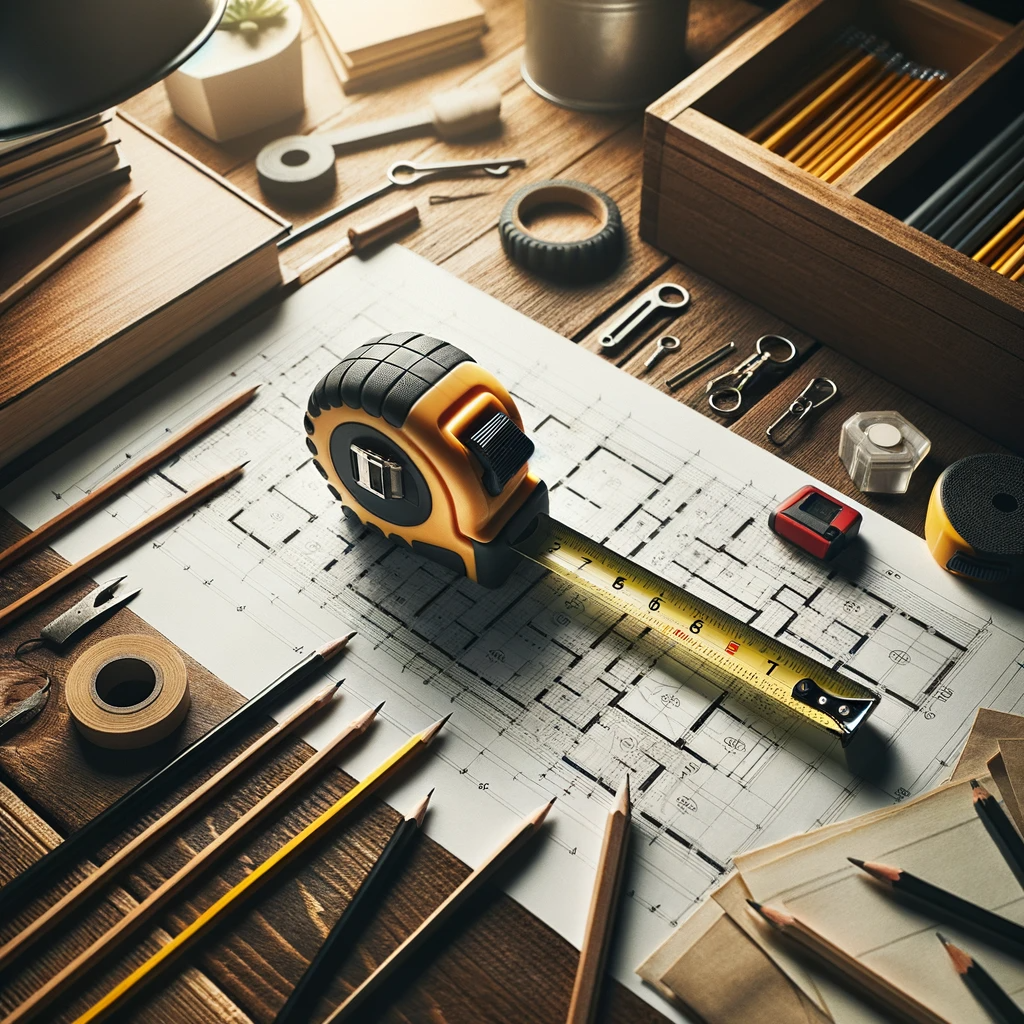Reading a tape measure might seem like a basic skill, but in professions where precision matters, being adept at it can make a significant difference. Whether you’re a carpenter, a tailor, or an architect, ensuring accurate measurements can be the difference between a perfect fit and a misaligned project. This guide will walk you through the nuances of reading a tape measure, ensuring that you get it right every time.

Part 1: Understanding the Basics of a Tape Measure
- Inches and Centimeters:
- Most tape measures have both inches and centimeters. One side generally displays measurements in inches (with smaller fractions therein) and the other side in centimeters.
- The Markings:
- Inches: Each inch is typically divided into fractions. Common fractions include half (1/2), quarter (1/4), eighth (1/8), and sixteenth (1/16) of an inch.
- Centimeters: Each centimeter is divided into ten millimeters.
- The Tape Housing: This part contains the actual tape and usually has a hook or tab at the end. This hook is movable and compensates for its own width when taking both internal and external measurements.

Part 2: Tips for Precise Measurements
Ensure the Tape is Straight and Taut:
- When measuring over long distances, make sure the tape is straight. A sagging tape measure can lead to inaccurate readings.
Utilize the Hook Properly:
- For external measurements, hook the end onto the edge of the object you’re measuring. For internal measurements, push the hook against the inside edge.
Read at Eye Level:
- Whenever possible, ensure that you are reading the tape measure straight-on at eye level. Reading from an angle can distort the measurement slightly and lead to errors.
Use the Right Side of the Tape:
- Depending on your region or the specifications of a project, make sure you’re using the correct unit of measurement. If a project requires centimeters, ensure you’re not mistakenly using inches.

Part 3: Common Mistakes to Avoid
Not Factoring in the Hook’s Width:
- The movable hook compensates for its own width, but if it’s damaged or bent, it can lead to incorrect measurements.
Ignoring the ‘Burn’:
- Professionals sometimes ‘burn’ an inch or more for precision. This means starting at the 1-inch mark instead of the edge. If you do this, remember to subtract that ‘burned’ amount from the final reading.
Relying on Memory:
- It’s easy to think you’ll remember a measurement, but it’s always best to jot it down immediately. This avoids confusion and potential errors later on.
while reading a tape measure might seem straightforward, mastering the intricacies can elevate the precision of your projects. Whether you’re a seasoned professional or a DIY enthusiast, understanding the tool and avoiding common pitfalls ensures your measurements are always on the mark.
